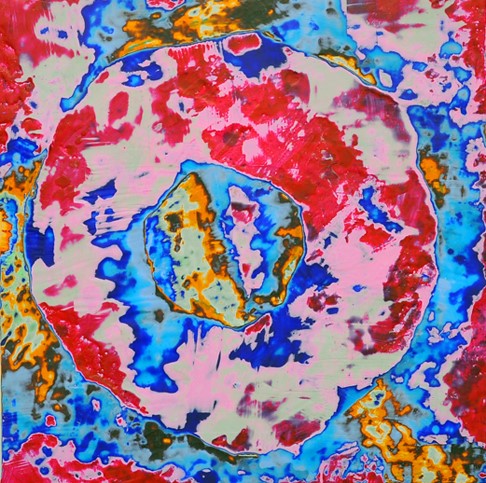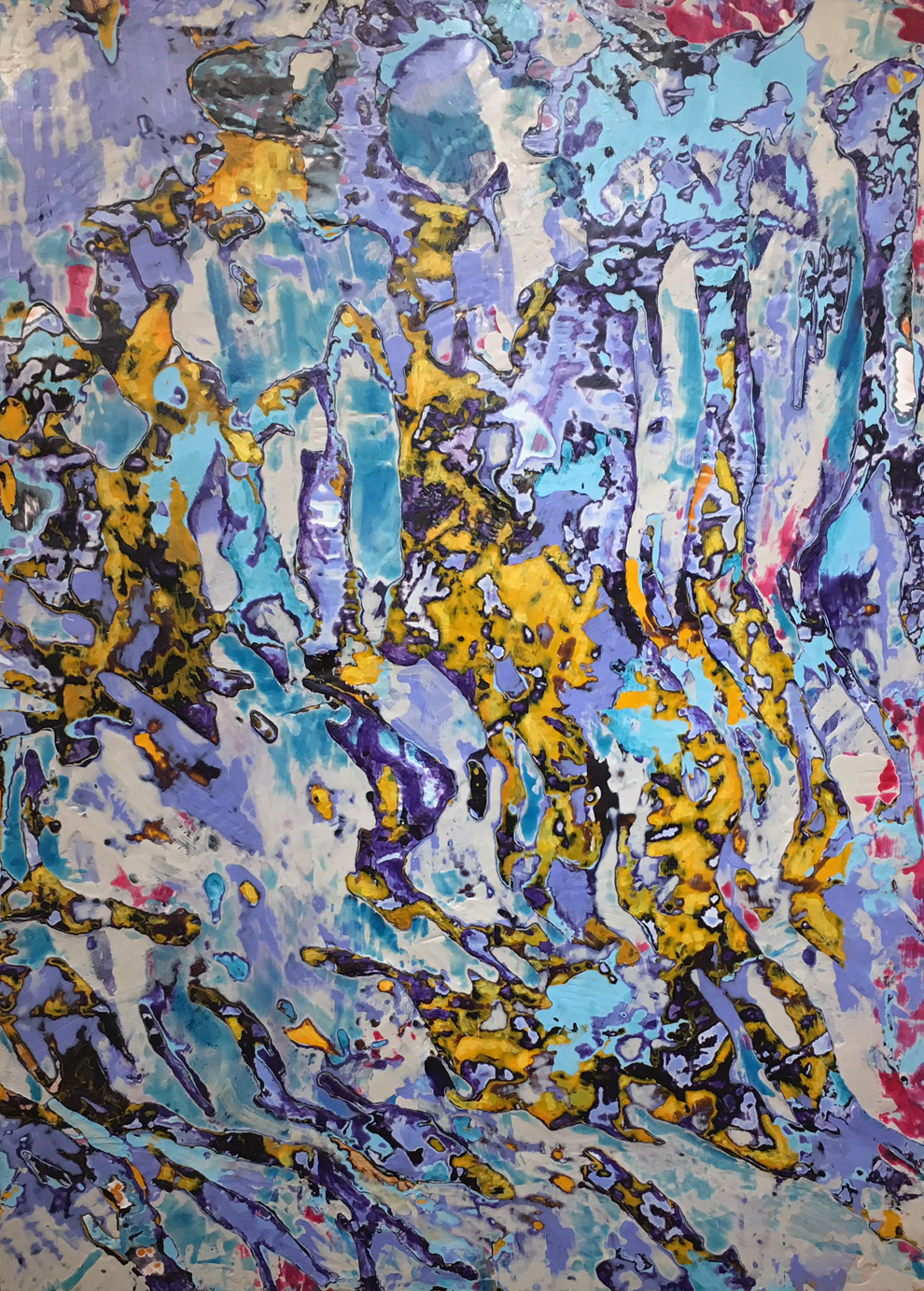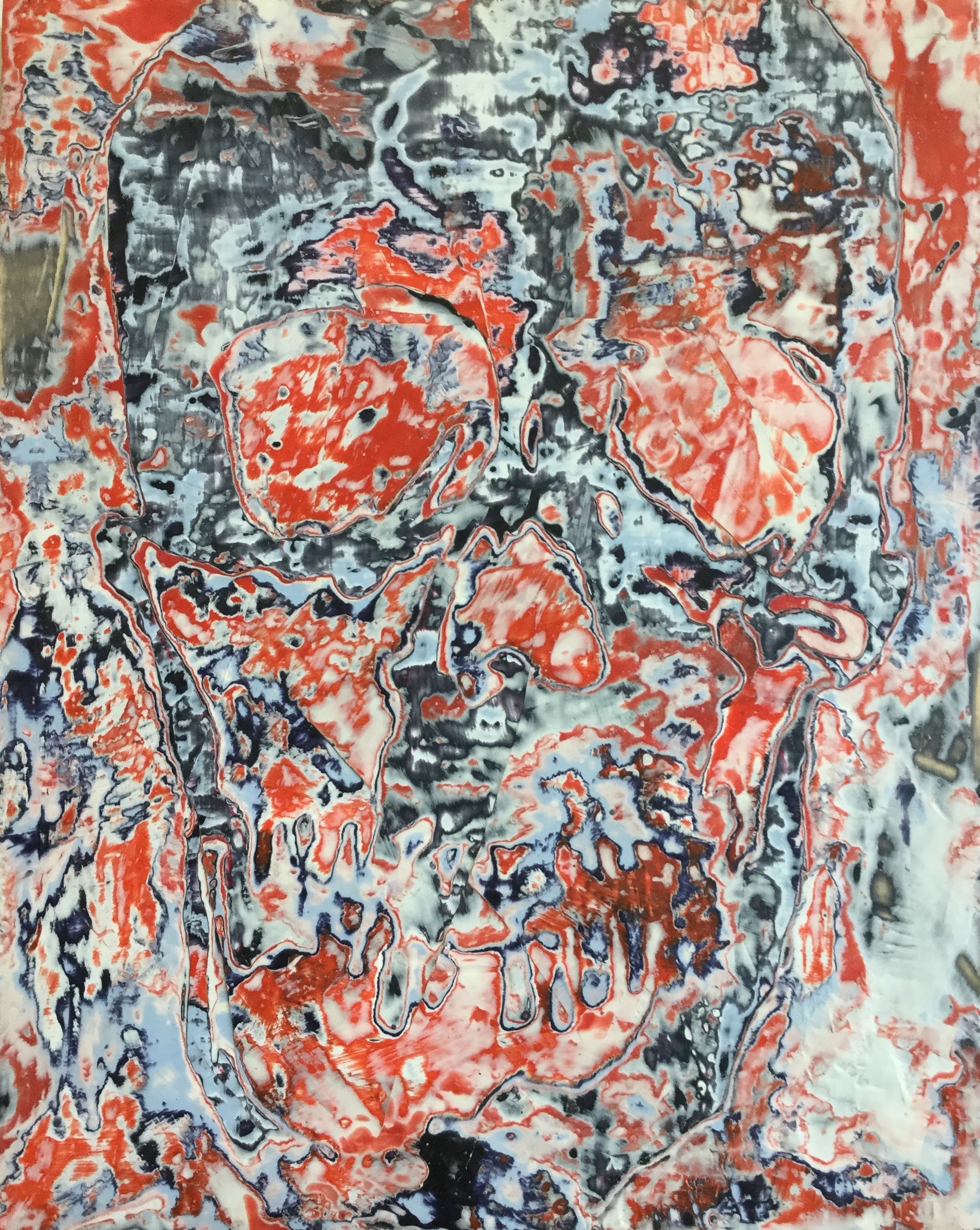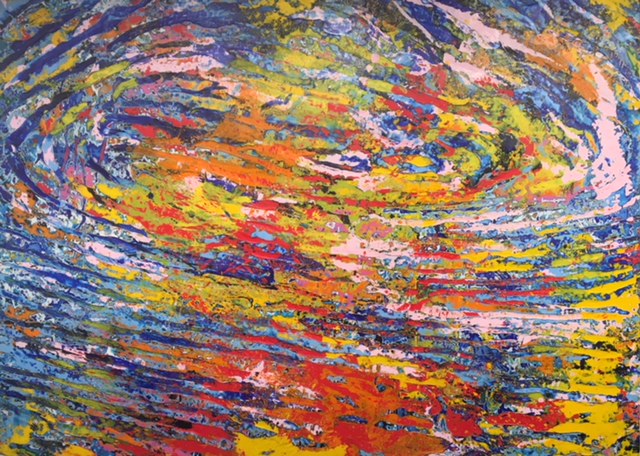Greg Angus
$750 to $35,000
Encaustic on Panel
Limited Edition Giclee on Canvas with Hand-Embellishment
"New Frontier" Greg Angus Exhibition January 2017
Artist Information:
Greg Angus was born in Burlington, Ontario and currently resides in Toronto. He graduated from Queen's University in 1984 with his Bachelor of Fine Arts, and then continued his education at the University of British Columbia, receiving his Masters of Fine Arts in 1986. Since that time, Greg has participated in solo and group exhibitions around the world including Canada, Japan, France, and Scotland.
Mr. Angus' work can be found in many important corporate collections including the Thames Bank in London, England, Tech giant SAP, Germany, Canadian Embassy in Tokyo, Japan, Prudential Securities in Tokyo, Japan, SKW Ltd. in Tokyo, Japan, Juroku Bank in Tokyo, Japan. Some of his past paintings have featured actor William Shatner, industrial designer Karim Rashid, international fashion designed David Dixon, bestselling author Neil Pasricha and many more.
His work has been discussed over the years in The Globe and Mail, Japanese Culture Magazine, Now Magazine, MAG Mass Art Guide, Pie Magazine, and featured on CBC News World (to name just a few). Greg has been the recipient of Provincial grants to run special art projects for youth, the George Metcalf Charitable Foundation Grant, and the Arts in the Community Grant from the Toronto Arts Council.
Process:
Each painting is made with wax and oil paint on wooden panel. Two different types of wax are melted down and oil paint is added to the liquid wax to create a variety of colours. Each colour is applied to the panel in a single, complete layer. Layers are built up in specific colour sequences in order to achieve the correct frequency for the base of the painting.
From there the composition is drawn onto the base panel. The negative areas of the composition are removed down to the panel allowing for a second, multiple layering of colour. This second layering is different from the first and is based on the quality of energy needed within the painting. Furthermore, because the second set of layers is applied to a base that has an uneven, almost landscape like surface, the layers of wax move into these cracks and valleys in unexpected ways leaving behind an exponentially more complex surface that marks the beginning of the final stage.
Scrapers, chisels and knives are used to whittle away at the surface revealing the overall skeleton of the painting. Over the course of days and weeks this delicate excavation is repeated. It is a painstaking, intuitive process that demands absolute concentration and a complete letting go. When this state is arrived at the by the panel/wax/colour/painter the painting is complete.














































